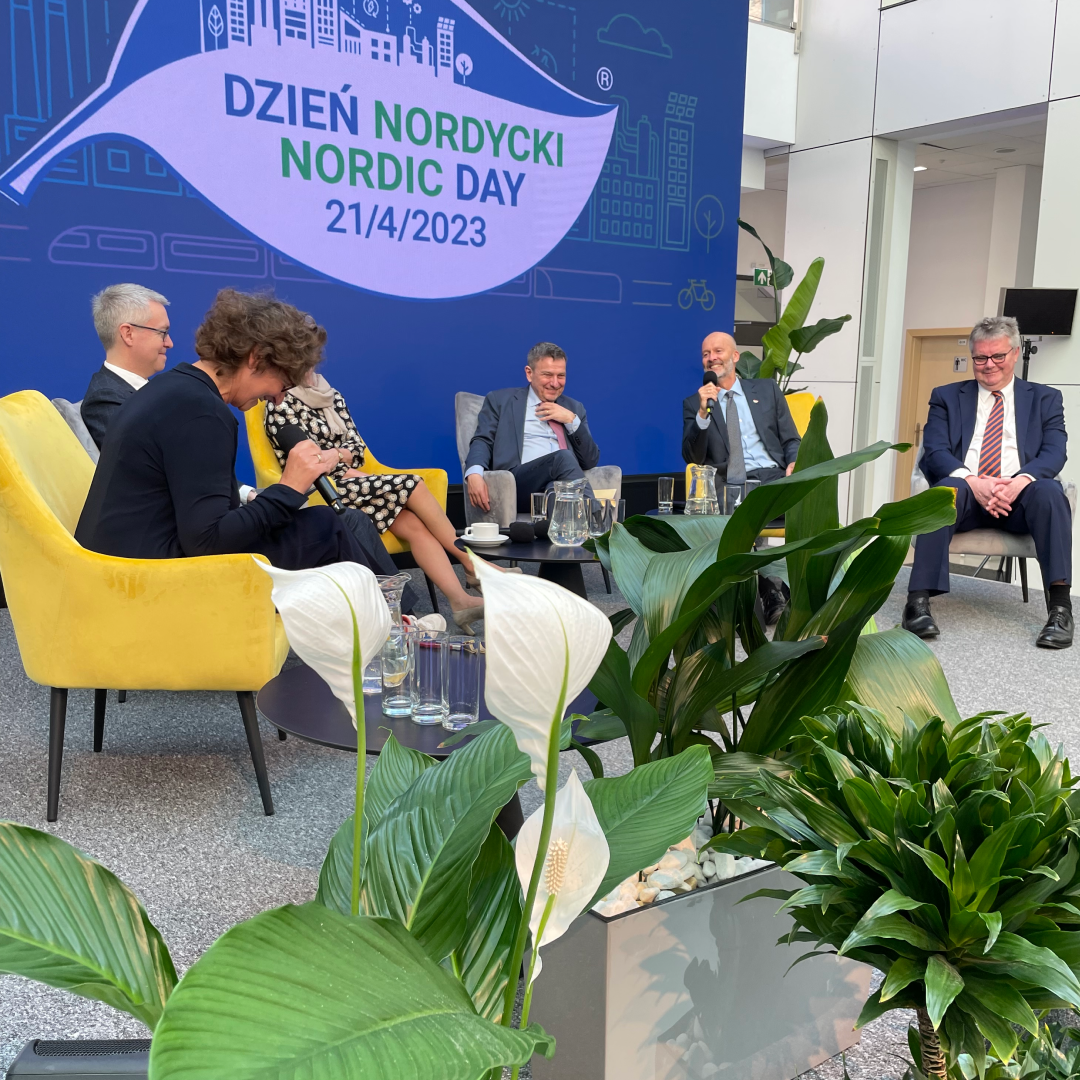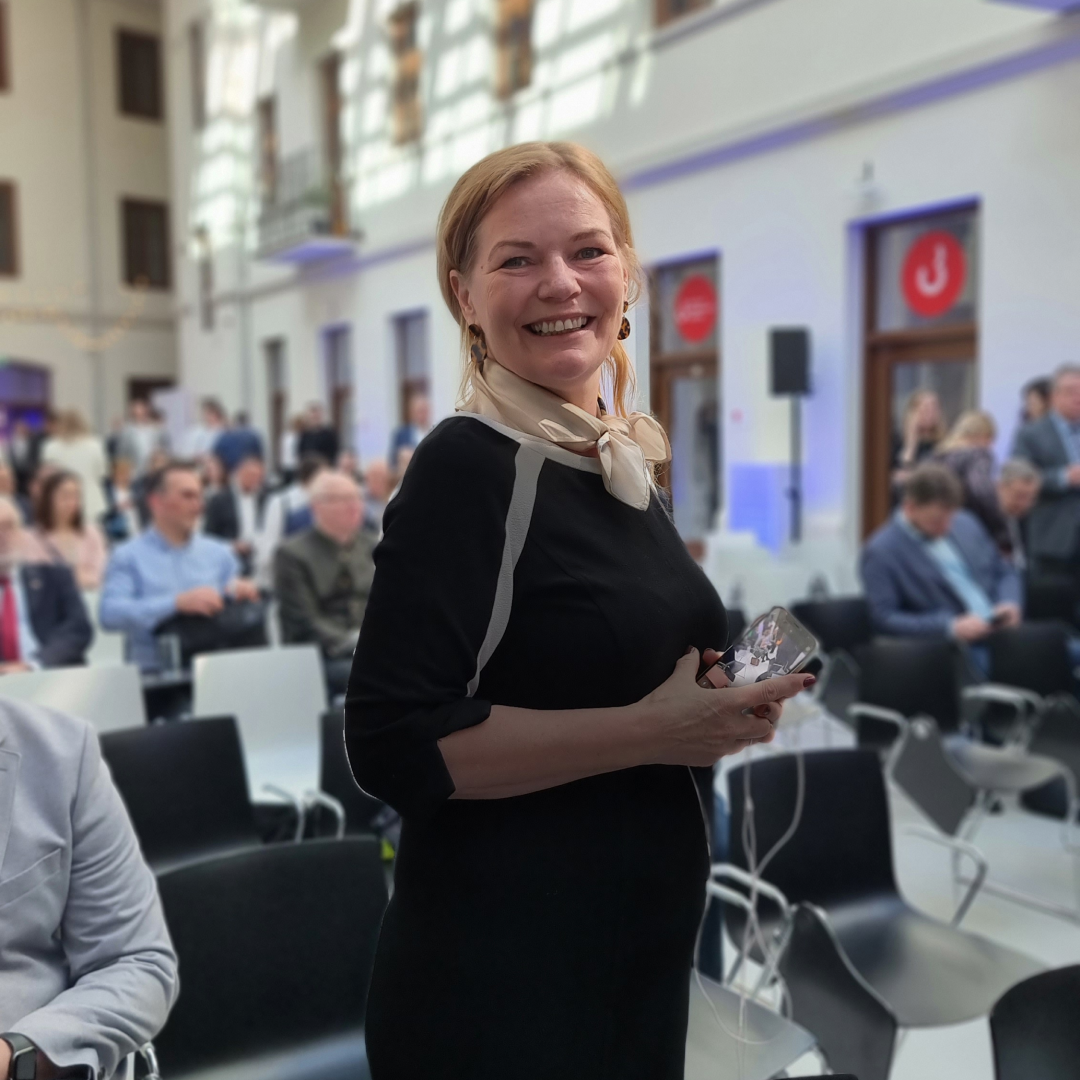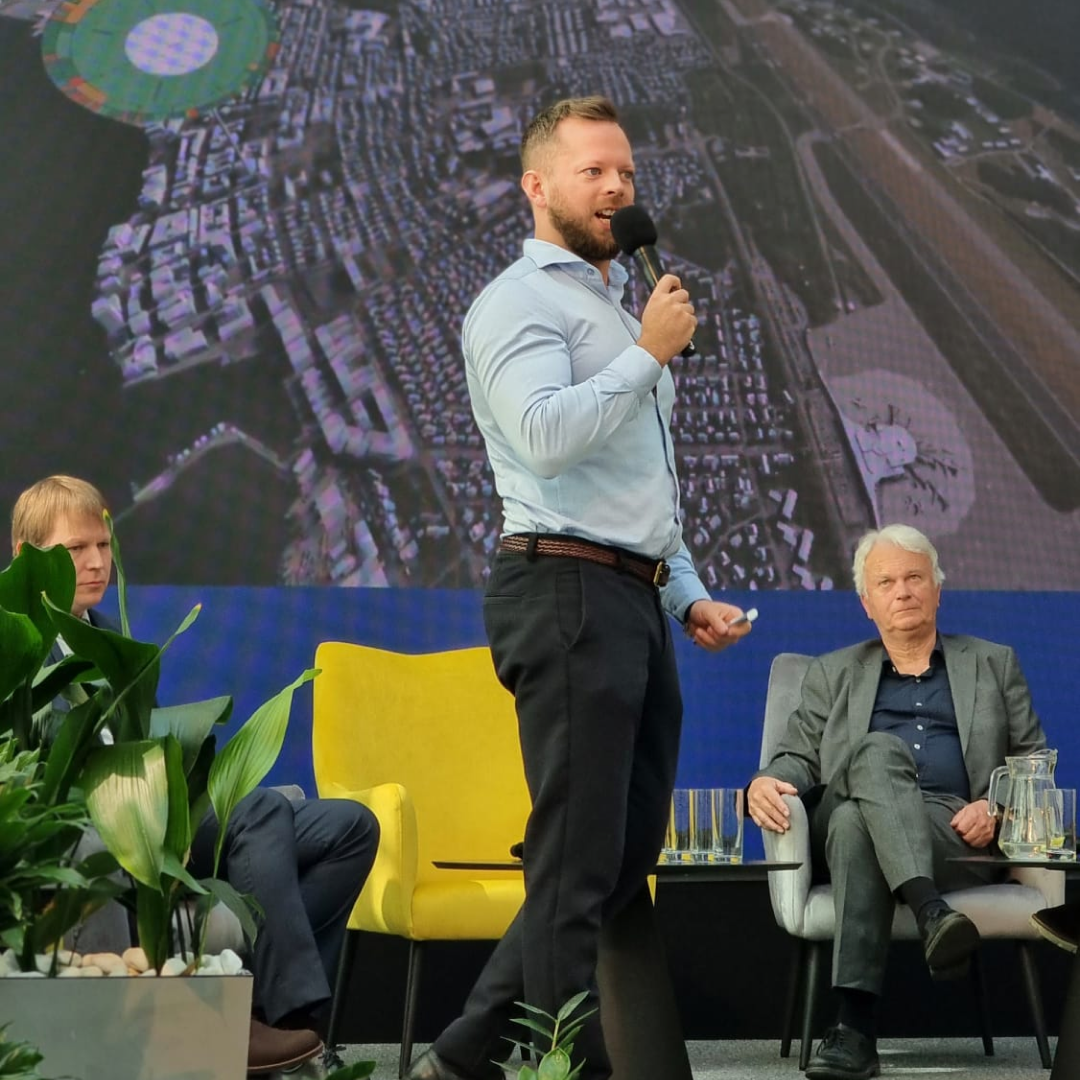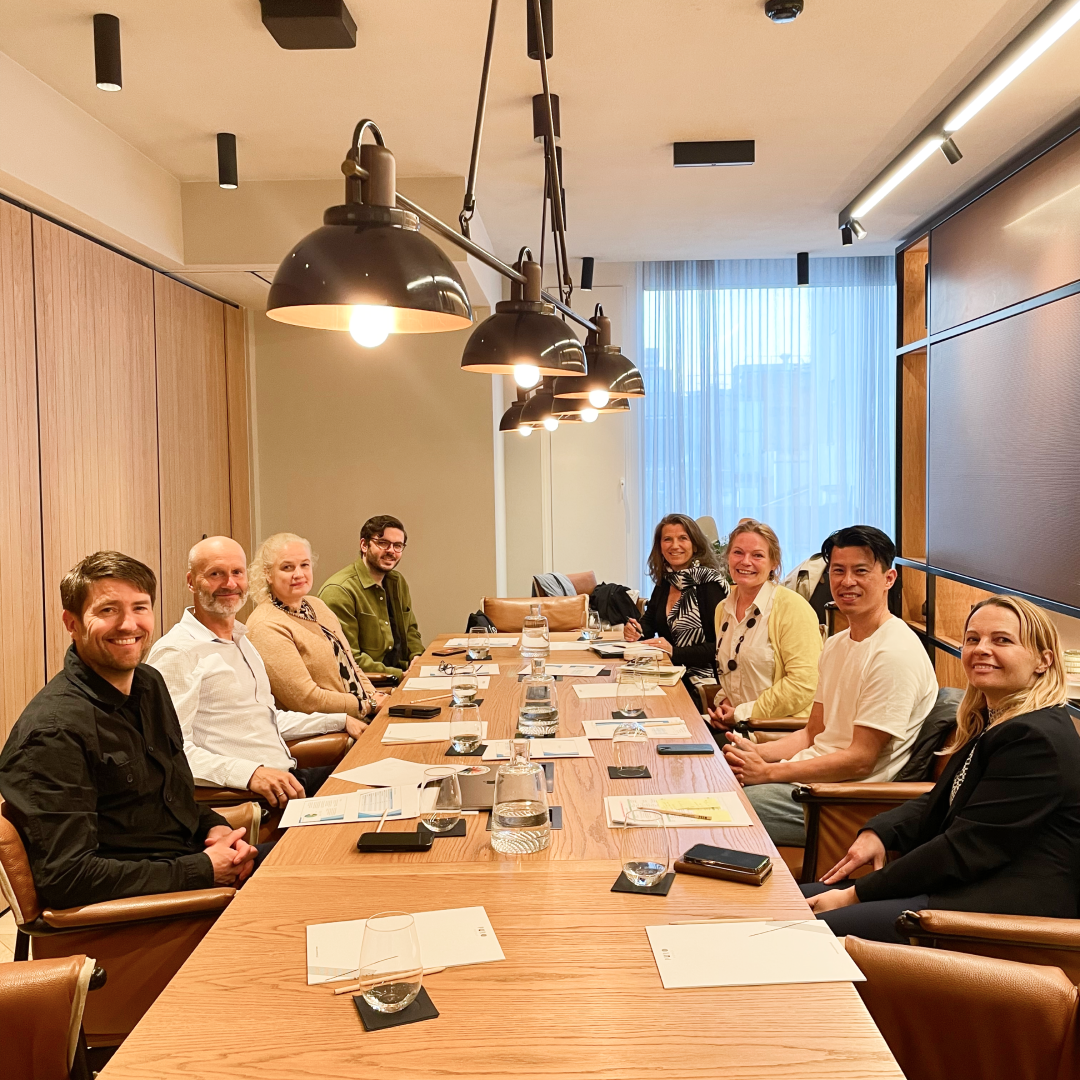Nordic Day in Warsaw — circling down the carbon footprint in cities and neighbourhoods
The Natural State team of Cathrine Barth and Martin Hagen recently had the joy to take part in the Nordic Day in Warsaw on invitation from The Royal Norwegian Embassy in Warsaw on the topic of decarbonising cities. Read here our experiences and learning from the trip.
The Royal Norwegian Embassy in Warsaw were kind to invite Natural State and a Norwegian delegation of business representatives to contribute to a recently organised Nordic Day in Warsaw on the topic of decarbonising cities. We were able to start the visit with a dinner and a dive into an introductory session on Poland on a piece of home turf, the Norwegian-owned Puro Hotel. This also gave us the chance to greet our dear friends in Innowo and Poland Circular Hotspot.
Poland is the 6th biggest economy in the EU — and highly dependent on coal for electricity. Yet, it is more circular than Norway (Poland’s circularity of 10,2% far surpasses Norway’s 2,3%). The Nordic Day, organised as a collaboration by all the Nordic embassies in Warsaw, gathered around 100 decision-makers, politicians, businesses, students and others interested in the important topic of how to make more sustainable cities.
Talks and workshops
The event was opened by all the Nordic Ambassadors, gathered together for a fireside chat and sharing personal stories from their native Nordic countries — bridging cultures and fostering collaboration. These reflections fuelled inspirational talks from 5 Nordic cities and facilitated workshop sessions from each country. The Nordic Day finished together, bringing the learnings from the different workshops to the stage.
The Nordic Day included five thematic workshops:
Climate Transformation – an Opportunity Disguised as a Problem
Circling Down the Carbon Footprint in Cities and Neighborhoods
Digital Green Future – Innovations as Drivers of Green Transformation
Accelerating Energy Optimisation of Buildings and Cities by Combining Behavioural and Technological Aspects of Decarbonising Cities
Decarbonising Cities by Engaging City Leadership, Citizens, Industries, Investors and Funding Organizations
Cities in the circular transition
Cities have a crucial role to play in the transition from a linear to a circular economy and place development with a holistic approach is at the heart of Natural State’s. Therefore, we were glad to facilitate the Norwegian workshop on circling down carbon footprint in cities and neighbourhoods with Martin Hagen moderating the workshop and Cathrine Barth introducing the topic of circular cities after the Norwegian Ambassador, Anders Eide, opened the session.
This workshop looked into different aspects of circular and sustainable cities with inspiration and best practices, including presentations from:
- Christian Pagh (Oslo Architecture Triennale) on neighbourhoods and mobility
- Tor Gausemel (Bodø Kommune) on smart circular cities and digitalisation
- Rayson Ho (Påfyll) on urban economics and circular innovation
- Marie Indrelid Winswold (HAV Eiendom) on city lab and construction
- Aleksander Rajch (PSPA) on green zones in cities and new fuel sources
How to make cities more circular and sustainable?
The city talks were followed by a facilitated workshop with discussions on the topic, which brought up very good discussions on how to make Polish and Nordic cities more circular and sustainable.
Some of the highlights from that included thought on:
Planning for and creating green neighbourhoods that work for everyone
Rethinking mobility and transport
Activating young people and engaging them in decision-making processes
Encouraging stronger partnerships and collaboration within communities
Better engaging people to make sustainable choices — circular options must be cheaper, more attractive and make sense over linear and unsustainable options
Thank you to everyone involved in the day or who has been part of the project in other ways!






